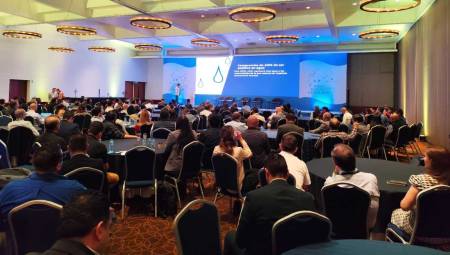Latin America. In the new Trump presidential administration, expectations for the technology sector are divided between a deregulatory approach that would seek to boost global competitiveness and the risks of an environment that could undermine equity in innovation and even the affordability of electronic devices.
A Recount of the First Term. Trump's approach to tech companies in his first term was marked by a discourse and actions that oscillated between confrontation (even geopolitical) and collaboration.
On the one hand, there was a firm antagonistic position towards giants such as Google and Meta, particularly on issues of content moderation and their alleged political bias.
However, a significant boost was also given to national innovation with tax incentives that facilitated the repatriation of capital from large technology corporations and encouraged local manufacturing.
A key point was the elimination of net neutrality, which was attempted to be restored during the Biden administration and would benefit large telecommunications and technology players, but raised concerns about equitable access to digital infrastructure for startups and small businesses.
In addition, trade tensions with China would trigger a revaluation of global technological supply chains.
Current Perspectives: Collaboration and Deregulated Innovation. With Trump's re-election, signs point to a less regulated environment for the tech sector, with an emphasis on economic growth and competitive innovation.
The presence of the heads of major tech companies at President Trump's second inauguration reflects a clear intention to foster collaboration between the administration and tech leaders, as well as to ease antitrust pressure and transparency in digital markets.
In parallel, the repeal of the Biden administration's executive order that sought to regulate artificial intelligence (AI) is one more step towards deregulation. While this could accelerate innovation in AI, it also increases the ethical and security risks associated with its implementation.
The administration's stance towards cryptocurrencies and blockchain technology is also an aspect that deserves to be highlighted. With a likely relaxation in regulations, the United States could position itself as a global leader in this area, attracting foreign talent and capital. However, the lack of clear controls could increase vulnerability to illicit activities and speculative bubbles.
On the other hand, the impact of trade tensions with China should not be underestimated. The imposition of tariffs and restrictions on key technologies such as semiconductors will force companies to redesign their supply chains, which could lead to higher costs and affect the competitiveness of U.S. products in international markets.
Implications on Competitiveness in Digital Markets. Despite the opportunities that collaboration with leaders brings, it's vital to reflect on how to ensure the technology environment remains inclusive and equitable.
Large companies cannot be the only beneficiaries of these policies; safeguards must be put in place to allow startups and small innovators to thrive on equal terms.
The closeness with technology leaders, such as Elon Musk and other CEOs, reflects a mutual interest in collaborating at the intersection of public policy, regulation, and innovation. This approach, while promising, should prevent profits from being concentrated solely on the giants of the sector.
In this new term, the balance between innovation, regulation, and competitive fairness will be crucial to define the future of the technology industry in the United States and its global impact.
Text written by Ernesto Piedras of The Competitive Intelligence Unit, The CIU.
















